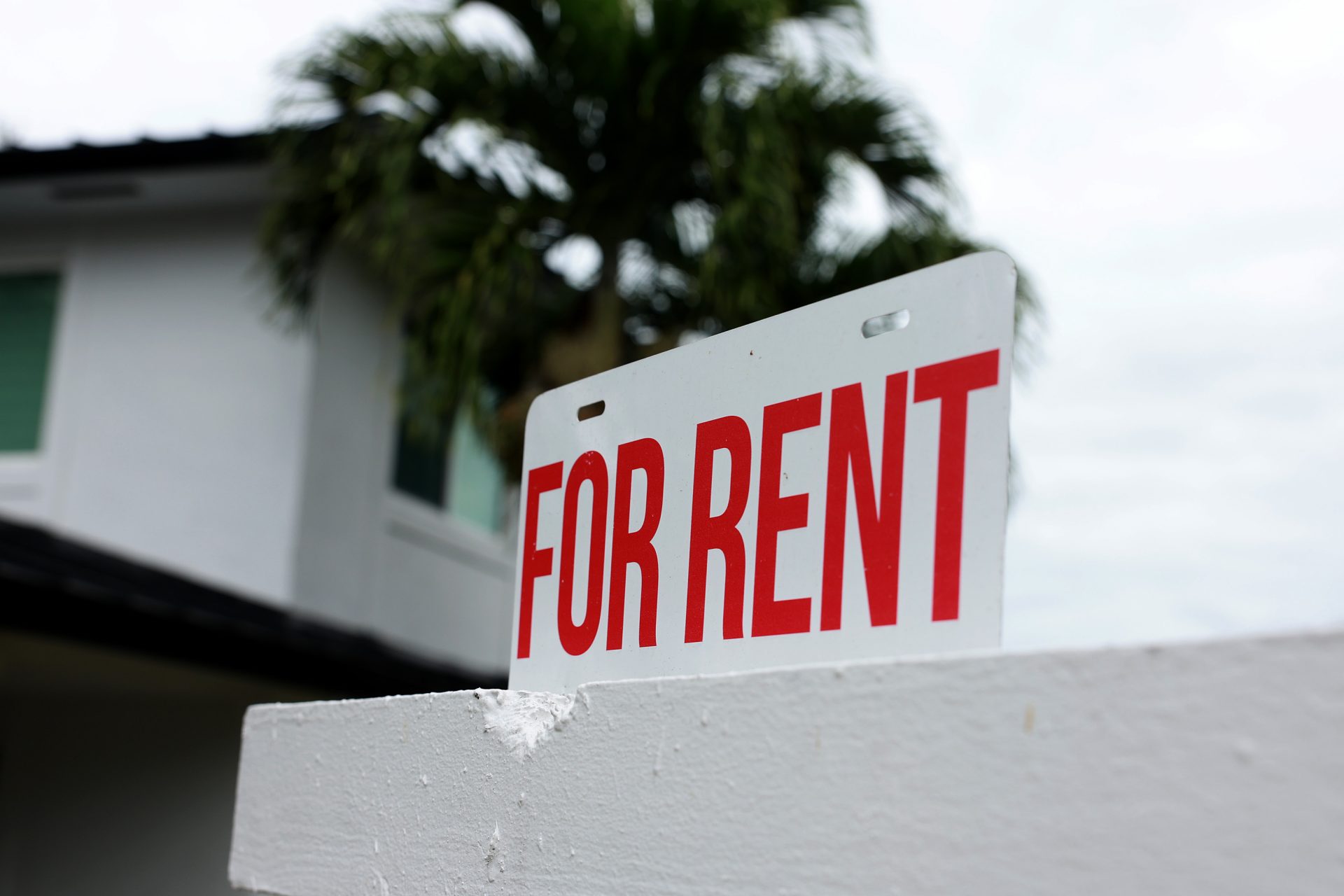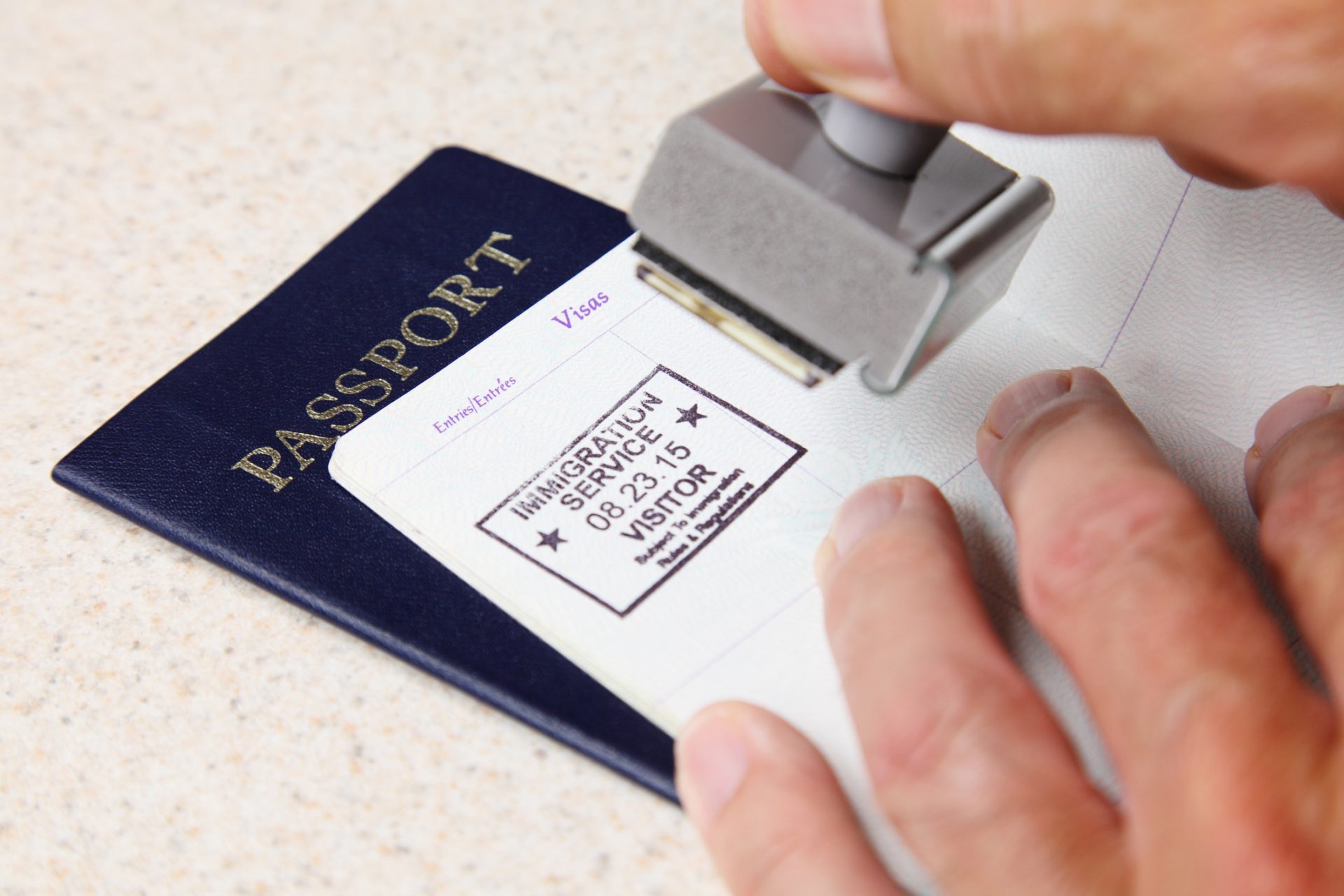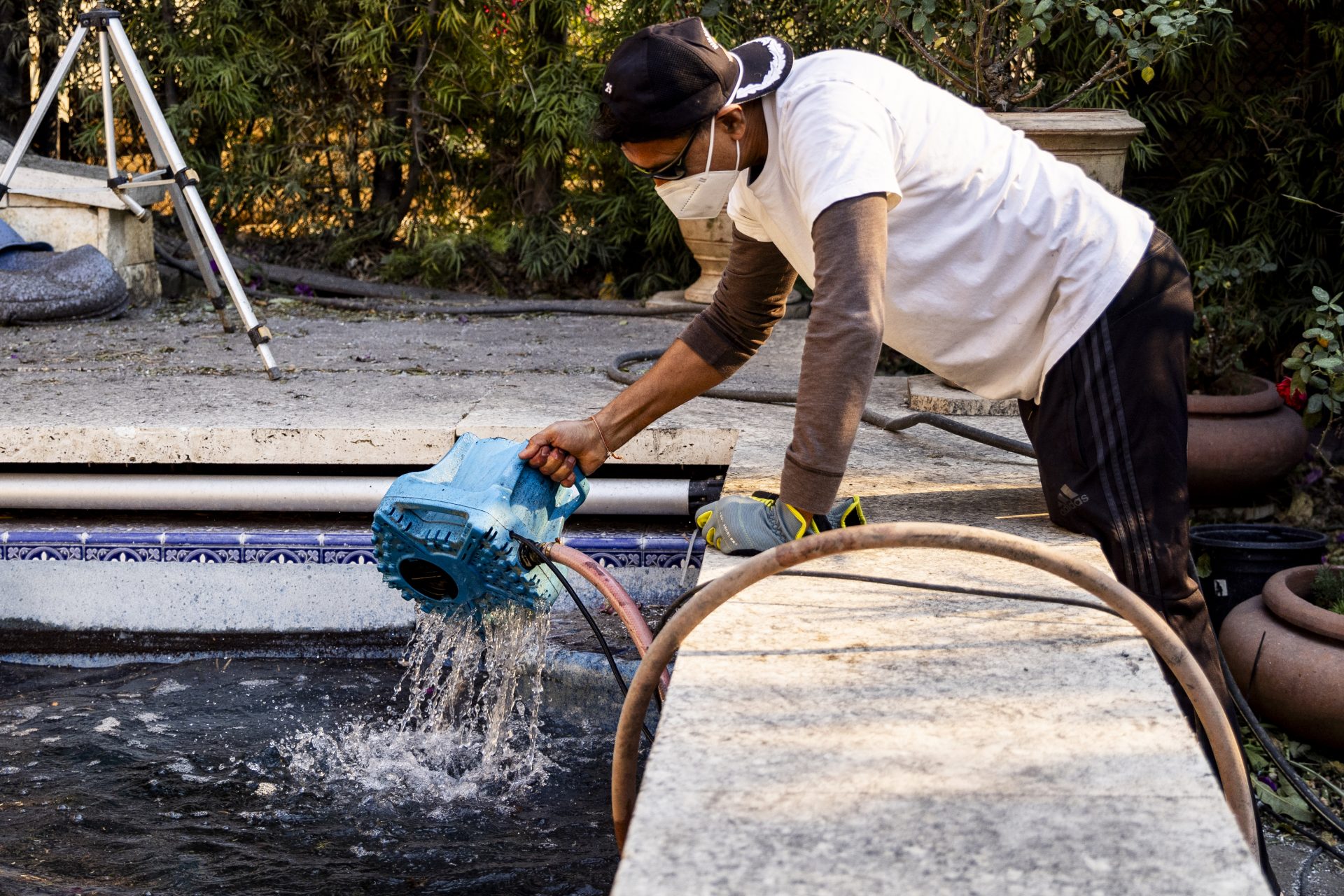How to protect your WIFI router against hackers
Why are many people afraid that a neighbor could steal their Internet connection or, even worse, that a hacker could access their device? Basically, because it can happen far too easily.
Of course, hackers and cheeky neighbors will have a much harder time if we know some tips that help protect privacy and give the WIFI router itself some extra security.
Photo: Unsplash - Nahel Abdul Hadi
Whether due to reluctance or ignorance, millions of WIFI routers maintain the default credentials that come with the installation. This only makes the work easier for anyone who wants to access them.
Thus, as soon as the technician leaves the door, it is advisable to change the credentials.
Photo: Pexels - Fields Engineer
Thus, when accessing the router settings, you must enter a more personalized username and password, establishing an alphanumeric password that contains eight characters or more.
Photo: Unsplash - Kevin Ku
On the other hand, it is also recommended to change the name of the router, so as not to give any clue about the operator that the user has contracted.
Photo: Unsplash - Misha Feschak
Operators have their standard usernames and passwords for millions of customers and if someone knows the operator being used it greatly narrows the options down when hacking it.
In general, the remote access of WIFI routers is activated by default. Unless you are going to use this option, it is best to have it disabled.
Typically, internet access in a home is limited to those who live in that home. Giving access to someone outside the family nucleus can lead to problems and unauthorized access.
Photo: Unsplash - Alexander Dummer
Then there is the issue of the neighbor who asks for the WIFI password because his connection is not working well and he has to do something urgent.
Photo: Unsplash - Nina Strehl
Yes, you can give him access, no problem, but remember to change the password when he is finished. If you don't, you can find yourself with the entire building connected to your WIFI router.
Photo: Unsplash - Frederik Lipfert
One way to control who accesses and who does not access the WIFI router is to count the devices that are generally connected in a house.
Photo: Unsplash - Bench Accounting
From mobiles, to computers, through tablets, televisions or smartwatches, the list can be extensive but you should always watch that there is no strange or unknown element in it. If there is, block and password change immediately.
Photo: Unsplash - Alex Bachor
The most current routers are usually installed with the firewall enabled. However, some older models do not have it, so it is advisable to activate it and thus we will have a firewall that protects our network, in the case of having an unauthorized connection.
In the case of firmware, something similar happens. The newer models update themselves but the older ones involve downloading a file and updating it manually.
Photo: Unsplash - Stephen Phillips Hostreviews
It is more tedious but significantly improves security.
Photo: Unsplash - Mika Baumeister
More for you
Top Stories





























